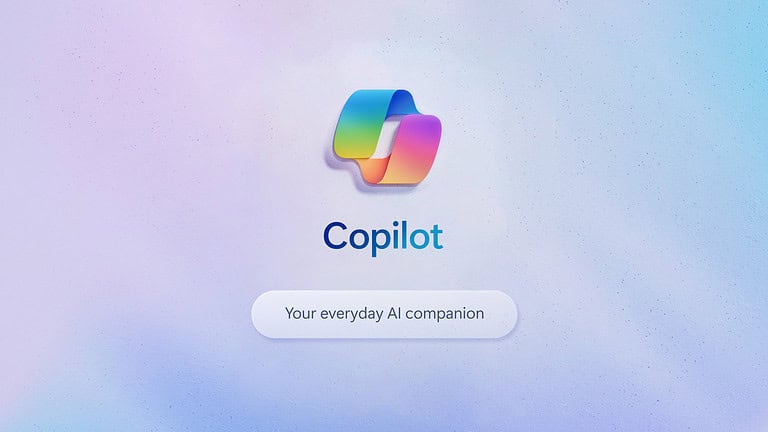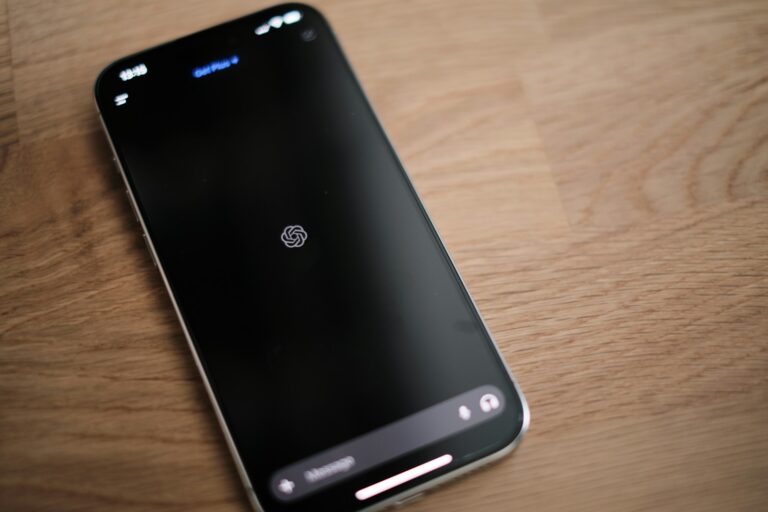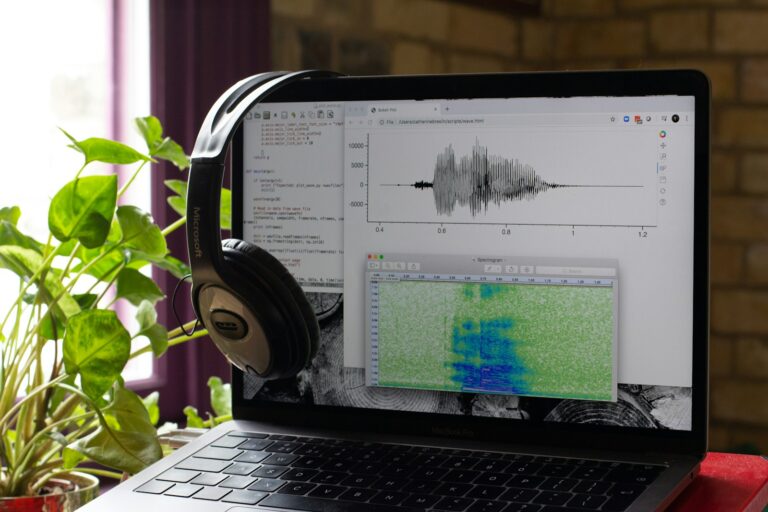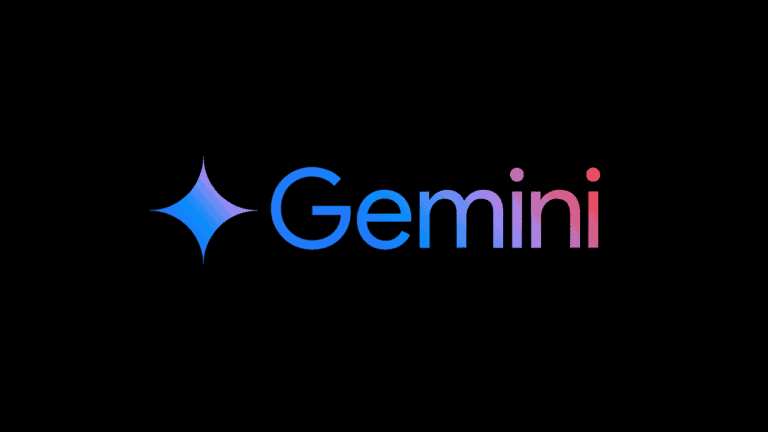
Elon Musk’s AI startup, xAI, is spending money at a staggering pace in an all-out effort to compete with the likes of OpenAI, Google DeepMind, and Anthropic. While headlines proclaim Musk is “burning billions,” the bigger picture reveals a high-risk, high-reward strategy to fast-track xAI into a dominant force in artificial intelligence—built on colossal hardware investments, massive funding rounds, and sky-high projections.

The Royal Society, CC BY-SA 3.0 https://creativecommons.org/licenses/by-sa/3.0, via Wikimedia Commons
A $1 Billion-Per-Month Burn Rate
According to reports from Bloomberg, Reuters, and PCGuide, xAI is currently burning through approximately $1 billion every month. That puts its total projected 2025 expenses at $13 billion, even as the company only expects to bring in around $500 million in revenue this year.
While such a burn rate might sound unsustainable, this level of spending is reflective of the extraordinary costs associated with large language model training and infrastructure—especially as xAI attempts to close the gap with more established AI players. For comparison, OpenAI raised $13 billion from Microsoft and has also invested heavily in custom supercomputing clusters using NVIDIA and Azure-backed infrastructure.
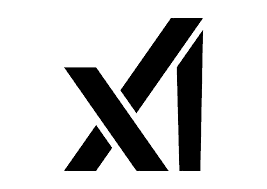
The $9.3 Billion Lifeline
To fuel its aggressive expansion, xAI is now securing $9.3 billion in fresh capital, broken down into:
- $5 billion in debt, with Morgan Stanley leading the charge.
- $4.3 billion in equity, with several investors reportedly interested despite Musk’s controversial public persona and recent political entanglements.
Internal projections suggest that xAI’s existing funds (roughly $4 billion) will be depleted by the end of Q2 2025 if this funding round isn’t completed in time.
Betting Big on Hardware: The Colossus Project
One of the key drivers of xAI’s financial needs is its audacious hardware roadmap. The company plans to scale its Colossus supercomputer to support up to 1 million NVIDIA Blackwell GPUs, the latest generation of AI-focused graphics processors capable of training massive transformer models with unmatched efficiency.
This alone could cost $50–$62.5 billion, making it potentially the most expensive AI infrastructure project in history. Currently, xAI already houses hundreds of thousands of GPUs across North America, many of them co-located with Tesla and X (formerly Twitter) data centers to enable shared compute resources.
Musk’s vision appears to be a vertically integrated AI ecosystem—one that controls the model, the infrastructure, and the delivery platform (e.g., Grok on X) all at once.
Path to Profitability: Ambitious or Unrealistic?
Despite its enormous upfront costs, xAI is projecting a positive EBITDA by 2027 and $13 billion in annual revenue by 2029—a bold forecast that mirrors OpenAI’s own long-term profitability roadmap.
These projections assume rapid commercial adoption of xAI’s products, including the Grok chatbot integrated into the X platform, as well as potential future licensing deals, enterprise tools, and even Tesla-related AI applications like self-driving car intelligence.
Still, critics argue the math doesn’t quite add up, especially with Grok’s market penetration lagging far behind OpenAI’s ChatGPT, which currently boasts over 100 million users and is embedded in Microsoft’s Office suite and Azure services.
Musk Fires Back at Reports
Unsurprisingly, Elon Musk isn’t thrilled with how xAI’s finances have been portrayed. In a June 2025 post on X, he called Bloomberg’s $1B/month figure “nonsense,” without offering alternative numbers. This pushback aligns with Musk’s long history of clashing with the media, though insiders maintain that the spending estimates come from investor briefings and internal decks.
Despite his objections, Musk’s bold AI gambit is one of the most expensive experiments in Silicon Valley history—and one that either ends in market disruption or colossal waste.
Summary Snapshot
| Metric | Reported Value | Notes |
|---|---|---|
| Monthly Burn Rate | ~$1 billion | Confirmed by Bloomberg, Reuters, PCGuide |
| 2025 Expenses | ~$13 billion | Spending heavily on supercomputing |
| 2025 Revenue | ~$500 million | May hit $2 billion in 2026 |
| Funding Round | $9.3 billion | $5B debt + $4.3B equity |
| Break-Even Projection | Positive EBITDA by 2027 | Revenue target: $13B by 2029 |
| Musk’s Response | Called figures “nonsense” | No alternative data shared |
Final Take: Betting the House on AI Dominance
Whether Musk’s strategy pays off depends on a few factors: the speed at which xAI can scale Grok into a mainstream tool, its ability to maintain a cost advantage with Colossus, and its success in closing the $9.3B funding gap. Right now, xAI remains an underdog with deep pockets, a combative CEO, and a moonshot ambition to catch—and surpass—the current AI elite.
As rivals like OpenAI, Anthropic, and Google double down on monetization and partnerships, the next 12 months will be a defining chapter in Musk’s AI war. One thing is clear: xAI is no side project—it’s a billion-dollar-a-month moonshot.
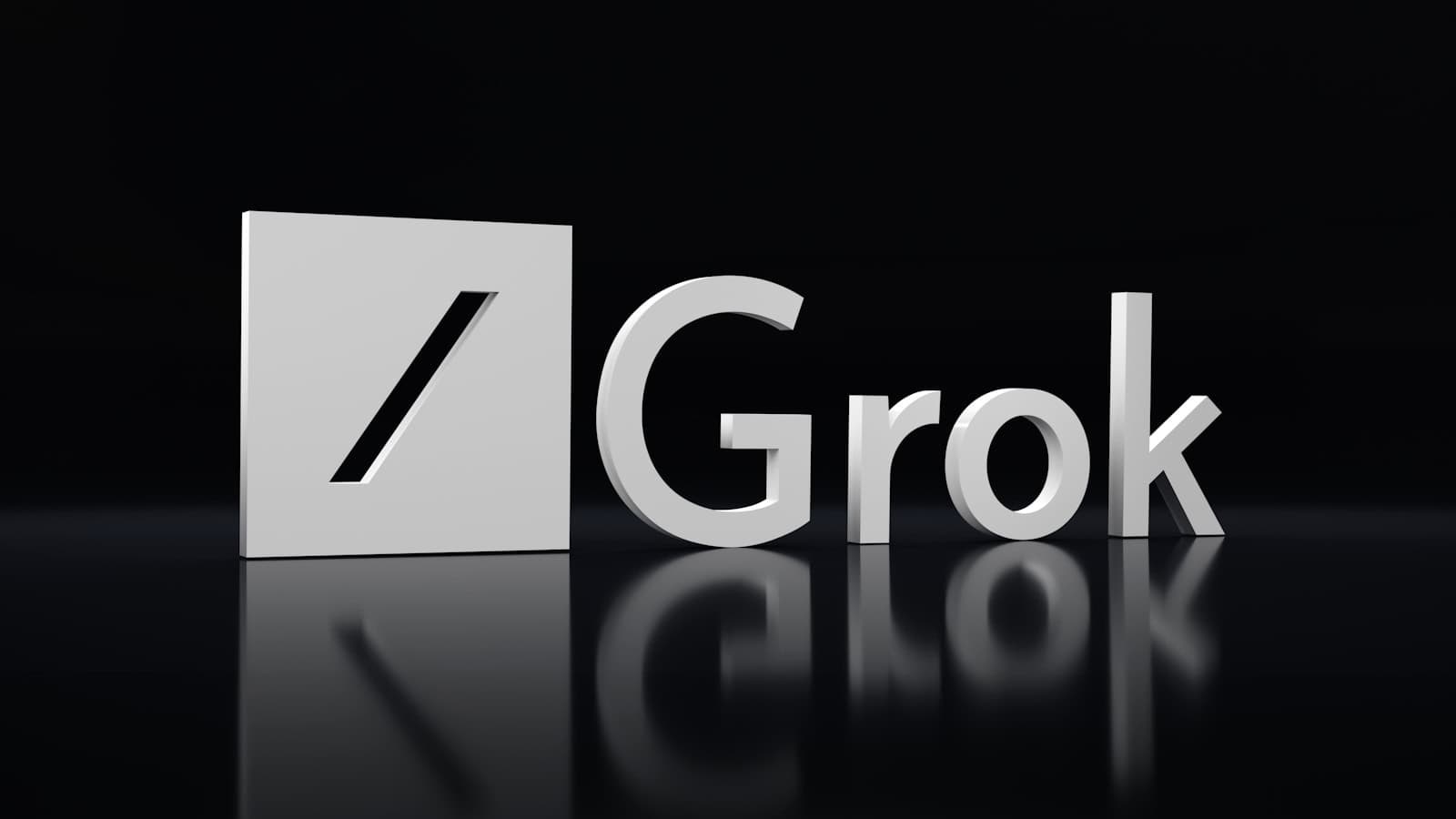
AI Power Players Comparison (2025)
Here’s a detailed comparison chart showing how xAI stacks up against major AI competitors like OpenAI, Anthropic, and Google DeepMind across key dimensions in 2025:
| Category | xAI (Elon Musk) | OpenAI (Microsoft-backed) | Anthropic (Amazon-backed) | Google DeepMind |
|---|---|---|---|---|
| Flagship Model | Grok (Grok-1.5V, Grok-2 in development) | GPT-4-turbo / GPT-5 (expected late 2025) | Claude 3 (Opus, Sonnet, Haiku) | Gemini 1.5, Gemini 2 (expected Q4 2025) |
| Monthly Burn Rate | ~$1 billion | ~$100–150 million (estimated) | ~$200–300 million (estimated) | Unknown, likely subsidized within Alphabet |
| 2025 Revenue Estimate | ~$500 million | ~$3.4 billion (2024 actual) | ~$850 million | Unknown, indirect via Google services |
| Infrastructure | Building Colossus: 1M NVIDIA Blackwell GPUs | Azure-hosted superclusters | Amazon AWS clusters (Claude in Bedrock) | Google Cloud TPU v5e/v6 + in-house clusters |
| Funding Raised (Total) | $6B raised + $9.3B in-progress (2025) | $13B from Microsoft + revenue reinvestment | $7B+ from Amazon, Google, VCs | Internal Google funding, $1B in external grants |
| Ownership Structure | Private startup (majority Musk-owned) | Capped-profit org with nonprofit governance | Public Benefit Corporation (PBC) | Division of Alphabet Inc. |
| Profitability Projection | Positive EBITDA by 2027, $13B by 2029 | Profitability expected by 2029 | Not yet profitable, targeting 2026–2027 | Unknown / part of Alphabet’s R&D |
| Monetization Strategy | Premium X subscriptions (Grok), licensing | ChatGPT subscriptions, API sales, Copilot AI | Claude in AWS Bedrock, APIs, enterprise tools | Google Workspace AI, Search enhancements |
| Key Partnerships | Tesla (FSD), X (distribution), Oracle (compute) | Microsoft (Azure, Office, Windows integration) | Amazon, Google, Notion, Slack, Quora | Google, YouTube, Android ecosystem |
| Controversies | Political ties, transparency concerns | Board drama (Altman firing), IP access debates | Ethics-first approach, but limited transparency | Criticized for slow releases, internal silos |
Key Takeaways:
- xAI is the most aggressively funded and independently owned AI player, but also the riskiest, with outsized burn rates and no major enterprise footprint yet.
- OpenAI leads in revenue, enterprise integration, and brand trust, with GPT deeply embedded across Microsoft’s ecosystem.
- Anthropic is leaning into responsible AI and enterprise APIs, with rapid model development and a strong AWS pipeline.
- Google DeepMind may have the best internal infrastructure but faces execution challenges and less visibility outside of Google’s products.
How to Spot an AI Image
Spotting AI-generated images has become an essential skill due to how quickly the tech is advancing. Ai can now create remarkably realistic photos that might fool the untrained eye. Looking for telltale signs like unnatural hand details, oddly shaped backgrounds, and strange text elements can help you identify AI-created images with greater accuracy.
The rise of AI image generators has made distinguishing between real and fake content increasingly challenging. These tools can produce portraits of non-existent people, create fantastical scenes, or even manipulate existing images. AI images often have too smooth and glossy surfaces, making them appear slightly unnatural compared to genuine photographs. Learning to spot these differences can help protect you from misinformation.
While AI image technology improves daily, it still struggles with certain elements. Hands frequently have too many or too few fingers, reflections don’t match their surroundings, and text often appears jumbled or nonsensical. By examining these details closely, you can better identify AI-generated content across social media platforms and news sources.
Key Takeaways
- Check for unnatural details in hands, faces, and backgrounds to identify AI-generated images.
- AI-created pictures typically have inconsistent lighting, reflections, and shadows that don’t follow physical laws.
- Using specialized detection tools and examining image metadata can provide additional verification when visual inspection isn’t conclusive.
Understanding AI Images
AI images have become increasingly common online, making it harder to distinguish between real and computer-generated content. Being able to identify these images is an important skill in today’s digital landscape.
Definition of AI-Generated Content
AI-generated images are visuals created by computer algorithms rather than human artists. These images are produced by artificial intelligence systems that have been trained on millions of existing photos and artworks. When you see an AI image, you’re looking at something a computer program made by analyzing patterns from its training data.
The process involves complex neural networks that can generate new, unique images based on text descriptions or reference images. Unlike traditional digital art, these images aren’t manually drawn or photographed—they’re mathematically generated by the AI.
Many AI images today are created using text prompts, where you describe what you want and the AI builds it for you. This technology has advanced rapidly in just a few years.
Evolution of Artificial Intelligence Tools
AI image generation has evolved dramatically since its early days. The first AI art tools produced blurry, abstract images that were easily identifiable as computer-generated.
Today’s tools create remarkably realistic images that can fool even careful observers. This rapid improvement comes from:
- More powerful computing hardware
- Larger training datasets
- Advanced algorithms like GANs (Generative Adversarial Networks)
- Refined diffusion models
Recent years have seen exponential improvements in quality. What was once crude and obvious is now often too perfect-looking to be real. Each generation of AI tools improves upon previous limitations.
You might notice that newer AI images have fewer of the telltale flaws that were common just months ago, making identification increasingly challenging.
AI in Digital Art and Midjourney
Platforms like Midjourney have revolutionized digital art creation by allowing anyone to generate stunning visuals without traditional artistic skills. You simply type what you want to see, and the AI creates it.
Midjourney is particularly known for its distinctive aesthetic—slightly dreamy, highly detailed images with perfect lighting. Its outputs tend to have a recognizable style that experienced viewers can identify:
- Dramatic lighting and composition
- Hyper-detailed textures
- Dreamlike quality to scenes
- Certain distinctive color palettes
Many commercial artists now use these tools to speed up their workflow or generate inspiration. Some embrace AI openly, while others worry about the impact on human artists’ livelihoods.
The technology continues to develop rapidly, with each update making AI-generated images more convincing and varied in style.
Detecting AI-Generated Images
Spotting AI-generated images requires careful attention to detail and an understanding of how these images differ from authentic photographs. As AI technology improves, distinguishing between real and fake becomes increasingly challenging, but specific visual clues can help.
Visual Indicators of AI Images
When examining suspected AI images, facial features are key giveaways. Real human faces are naturally asymmetrical, while AI tends to create unnaturally symmetrical faces. Look closely at the eyes – they often appear too perfect or have unusual reflections.
Hands are another telltale sign. AI systems frequently struggle with rendering correct finger counts or natural hand positions. You might notice extra fingers, fused digits, or awkwardly bent joints.
Textures in AI images typically look too smooth or glossy, especially skin. Natural imperfections like pores, slight blemishes, or varied skin tones are often missing.
Background elements can appear distorted or illogical. Check for objects that seem to melt into each other or buildings with impossible architecture.
Common Traits of A.I.-Generated Visuals
AI-created images often display consistent patterns that can help you identify them:
Lighting inconsistencies: Look for shadows falling in impossible directions or light sources that don’t match the overall scene.
Unnatural clothing textures: Fabric often appears too perfect or flows in physically impossible ways.
Teeth and hair abnormalities: AI typically renders teeth as uniform white blocks and hair as overly smooth or with strange patterns.
Many AI images feature a distinctive aesthetic – somewhat dreamy, hyper-detailed in some areas while bizarrely vague in others.
Text elements in AI images frequently contain gibberish or nonsensical characters. If you spot text within an image, examine it carefully for errors.
The Role of Context in Image Analysis
Context provides crucial clues when determining an image’s authenticity. Consider where and why the image appears.
Check if the image relates to breaking news or extraordinary claims. AI-generated content often accompanies sensational stories to attract attention.
Examine the posting history of the account sharing the image. Accounts repeatedly sharing AI content may have patterns worth noting.
Cross-reference with reliable sources. If an event supposedly happened but no reputable outlets show similar images, be skeptical.
Use reverse image search tools to check if the image appears elsewhere online with different contexts. This helps establish whether it’s newly generated.
Remember that detection techniques must evolve alongside AI technology. What works for spotting AI images today may not work tomorrow.
Technical Aspects of Detection
Advanced detection methods rely on analyzing specific patterns in images that AI systems tend to create. These technologies focus on revealing inconsistencies that humans might miss but computers can identify.
Algorithms and AI Detection Tools
Several specialized tools have emerged to help identify AI-generated images. Sensity AI has developed highly accurate algorithms that analyze both visual and contextual elements in images. These tools look for specific markers that commonly appear in AI artwork.
When using these detection tools, you’ll often see them highlight:
- Pixel-level inconsistencies that aren’t visible to the naked eye
- Metadata analysis that reveals generation patterns
- Statistical anomalies in color distribution and texture
Many detection platforms use multiple verification methods simultaneously. This layered approach improves accuracy since different AI generators leave different “fingerprints” in their images.
Deep Learning in Differentiating Real and AI Images
Deep learning systems can be trained to recognize the subtle patterns that differentiate AI-generated images from authentic photographs. These systems analyze thousands of examples to learn what makes AI images unique.
The most effective systems examine images at multiple levels of detail. They look for the overly glossy, “rendered” quality that often appears in AI art.
Key analysis factors include:
- Pattern recognition of recurring AI artifacts
- Neural network analysis of image construction
- Frequency domain examination to detect unnatural smoothness
As AI image generation improves, detection systems must continuously evolve. What works today might be obsolete tomorrow as generation technology advances.
Implications of AI-Generated Images
AI-generated images are reshaping our digital landscape, introducing new challenges to information reliability and content authenticity. These technologies bring significant societal implications that touch our daily online experiences.
Misinformation and Deepfakes
Deepfakes represent one of the most concerning AI-generated image applications. These sophisticated false visuals can show people saying or doing things they never did, creating convincing but entirely fabricated scenarios.
During elections, AI-generated images of politicians in compromising situations can spread rapidly, potentially influencing voter opinions before fact-checkers can intervene. The speed at which these images circulate often outpaces verification efforts.
Social media platforms struggle to contain viral deepfakes. A false image can reach millions of viewers within hours, while the correction might reach only a fraction of the original audience.
You should be particularly cautious of emotionally charged images during breaking news events, as bad actors often deploy AI-generated content when public attention is highest and critical thinking may be compromised.
AI’s Impact on the Credibility of Digital Content
The proliferation of AI tools has created a “reality deficit” where you can no longer trust that digital images reflect actual events. This undermines the historical value of photographs as evidence.
Journalism faces a credibility crisis as audiences become increasingly skeptical of all digital content. News organizations must now implement rigorous verification protocols and transparency about image sources.
Signs of eroding trust:
- 68% of Americans worry about distinguishing real from AI images
- Rising skepticism toward legitimate photojournalism
- Increased dismissal of authentic evidence as “probably AI”
You may notice that even genuine images are now routinely questioned, creating an environment where valid visual evidence can be dismissed as artificially generated. This phenomenon, sometimes called “reality skepticism,” threatens evidence-based discourse.
Legal and Ethical Considerations
Current laws struggle to address AI-generated images adequately. Copyright infringement occurs when AI systems train on artists’ work without permission or compensation, creating derivative works that mimic their style.
Privacy violations emerge when your likeness is used without consent in generated images. Several states have implemented “digital replica” laws protecting individuals from unauthorized AI representations.
You should be aware of emerging consent frameworks being developed:
- Opt-in permissions for facial recognition datasets
- Clear labeling requirements for AI-generated content
- Transparency about AI’s role in content creation
The ethical responsibility extends to platforms hosting AI-generated content. Many are implementing detection systems to identify and label synthetic images, though these tools remain in a technological arms race with increasingly sophisticated generation capabilities.
Practical Applications and Concerns
AI-generated images have found their way into multiple aspects of our lives, creating both opportunities and challenges. Understanding these applications and their potential risks can help you better identify when an image might be artificially created.
AI-Generated Images in Various Industries
The architecture industry has embraced AI-generated imagery to create stunning concept designs and visualizations. You might encounter these in real estate listings, where AI can produce idealized versions of properties or even entirely fictional spaces.
In marketing, companies use AI images to create perfect product photos without expensive photo shoots. These images often have that characteristic glossy sheen and perfect lighting that can appear slightly unnatural.
The entertainment industry uses AI to create backgrounds, concept art, and special effects at a fraction of traditional costs. Video games especially benefit from AI-generated textures and environments.
Some benefits of AI in visual industries:
- Cost reduction
- Faster production cycles
- Ability to visualize concepts before physical creation
Risks Associated with AI-Generated Celebrity Images
Celebrity deepfakes represent one of the most concerning applications of AI image generation. You might come across images of famous people in situations that never occurred.
These fakes can damage reputations when celebrities appear to endorse products or express political opinions they never supported. The technology has advanced to the point where subtle body movements and facial expressions are becoming harder to spot as unrealistic.
Legal frameworks are struggling to keep pace with this technology. While some celebrities have taken legal action against unauthorized AI reproductions, many cases fall into gray areas of existing law.
Entertainment companies now often include clauses about AI reproduction rights in contracts. You should be especially skeptical of surprising or out-of-character celebrity images you see online.
The Use of AI Images in Scams
Scammers have quickly adopted AI-generated images to create fake personas for various schemes. Dating scams particularly benefit from the ability to generate attractive, trustworthy-looking profile pictures.
Financial scams often use AI-generated “experts” or “successful investors” to lure victims. These images typically show well-dressed professionals in luxury settings. You should be wary of investment opportunities from people you only know through online interactions.
Common AI image scam red flags:
- Profile pictures that look too perfect
- Images that can’t be found elsewhere online with reverse image search
- Inconsistent details like odd hand proportions or strange backgrounds
- Multiple accounts using variations of the same AI-generated person
When evaluating suspicious offers or profiles, pay close attention to the images. Zoom in to check for telltale signs like unrealistic teeth, hair texture, or asymmetrical features.
Frequently Asked Questions
AI-generated images have distinct characteristics that can help you identify them. These identifiable features range from visual anomalies to technological giveaways that often appear in artificial creations.
What are the signs to look for when identifying an AI-generated image?
When examining a suspected AI image, look for unusual hands with incorrect finger counts or distorted proportions. Hands are particularly challenging for AI to render correctly.
Eyes might appear unnaturally symmetrical or have odd reflections. AI-generated images often exhibit subtle distortions such as mismatched earrings or warped backgrounds.
Check for unrealistic textures like teeth that look too perfect or hair with strange patterns. Also watch for intense or unrealistic colors that don’t match what you’d see in real photography.
What methods can be used to determine if an image was created by an artificial intelligence?
Examine the background carefully as it often contains telltale signs. Objects in the background might appear deformed, such as distorted street lamps or buildings that don’t follow architectural logic.
Look for inconsistencies in lighting and shadows. AI sometimes creates impossible light sources or shadows that fall in contradictory directions.
Check for text within the image. AI frequently struggles with text, creating gibberish or oddly formatted words that human photographers wouldn’t capture.
Are there tools available that can detect the presence of AI in image generation?
Several online tools can analyze images to determine their likelihood of being AI-generated. These include AI detectors like Hive Moderation and Microsoft’s Content Credentials.
Metadata analyzers can reveal if an image contains the digital fingerprints typical of AI generation platforms. Some platforms now include watermarks or hidden markers in their generated images.
Image forensics tools can detect the mathematical patterns that AI systems leave behind, which differ from patterns in photos captured by cameras.
What are the common characteristics of images produced by AI algorithms?
AI images often have a textured or airbrushed appearance that differs from real photographs. This can create an uncanny feeling even when you can’t identify specific issues.
Look for symmetry problems where faces or objects appear too perfectly balanced or oddly misaligned. AI often struggles with maintaining natural asymmetry.
Check for physics violations like impossible reflections, liquid that doesn’t flow naturally, or objects that appear to float without proper support.
How can reverse image search assist in verifying the authenticity of an image?
AI photos typically appear in fewer places online compared to real photos when you conduct a reverse image search. Limited or no results often suggest AI generation.
Reverse image searches can help you find the original version if the image has been manipulated. This lets you compare differences between versions.
Use multiple search engines for reverse image searches as each uses different algorithms that might catch different aspects of the image’s digital history.
What steps can one take to distinguish between an AI-created image and a photograph taken by a human?
Zoom in on details like jewelry, clothing patterns, or architectural elements. AI often creates inconsistencies in fine details that become apparent when examined closely.
Look for logical errors such as impossible scenarios, physical impossibilities, or cultural incongruities that a human photographer would avoid.
When possible, examine the image’s context including when and where it first appeared online. Recently created images with dramatic content but no history might indicate AI generation.

